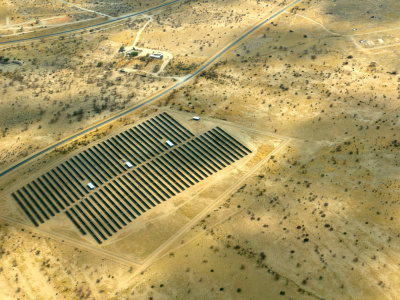
Resource nationalism in the age of green industrialisation
The critical raw materials essential for driving the global green transition are now at the forefront of geopolitical concerns, as some governments emphasise domestic production of green technologies while resource-rich countries impose export restrictions to promote local value chains. Poorva Karkare explores narratives around resource nationalism. Analysing the cases of Indonesia and Chile, she draws lessons for African countries and Europe.
Summary
The critical raw materials essential for driving the global green transition are now at the forefront of geopolitical concerns. Governments in the US, China and the EU are emphasising domestic production of green technologies through industrial policies, leading to increased subsidies and trade fragmentation due to geopolitical rivalry. This race among superpowers is motivated by considerations of resilience and security. Meanwhile, many countries in the Global South that possess critical raw materials are engaging in resource nationalism, imposing export restrictions to promote value chain localisation. This strategy aims to assert sovereignty over resources amidst the ongoing wave of green development.
This paper looks at different narratives around resource nationalism. External viewpoints, ‘from the outside looking in’, often emphasise market efficiency and reasons for why resource nationalism might be inefficient. Conversely, internal perspectives, ‘from the inside looking out’, shed light on why it may be seen as a necessity to alter the historical model of providing raw materials with minimal value addition domestically.
In practice, however, countries often have to make a choice among different – economic, social, political – priorities, which makes it difficult to classify them into one or another category of narratives. Zooming in on the cases of Indonesia and Chile, the paper draws lessons for African countries as well as Europe.




